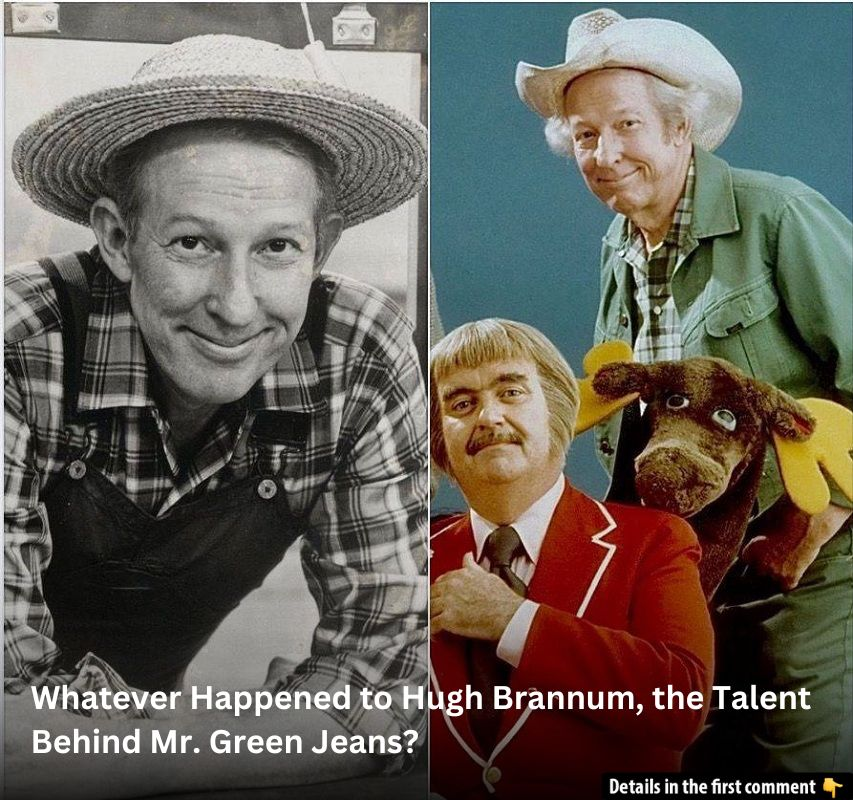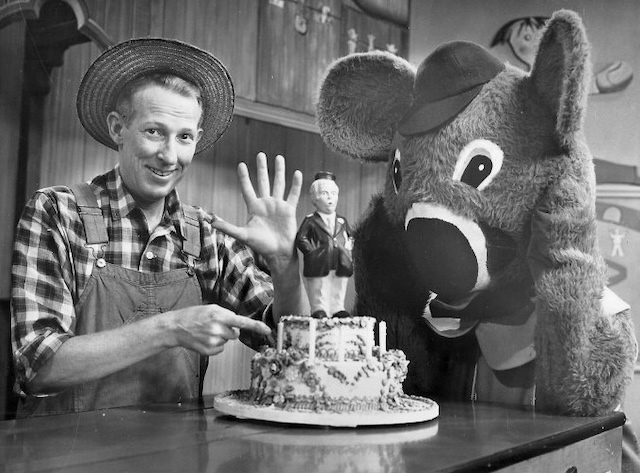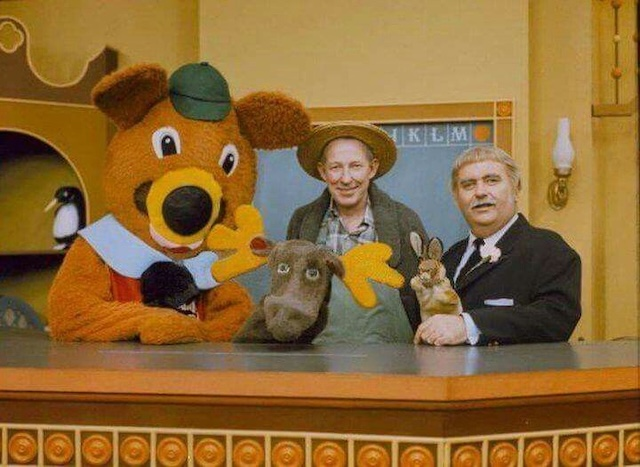If you grew up watching Captain Kangaroo, chances are you remember Mr. Green Jeans—the friendly, soft-spoken handyman with a love for animals and a knack for storytelling. But behind that beloved television character stood a man of surprising depth and talent: Hugh Brannum. His legacy isn’t just tied to one show. It stretches across music, war service, radio, and more. So what really happened to the man who became a childhood icon? Let’s rewind the reel and take a closer look.

Early Life: Where It All Began
Hugh Brannum was born on January 5, 1910, in the heart of Illinois. Raised in the Chicago area, he grew up with a deep appreciation for music and performance. From an early age, he wasn’t just listening to tunes—he was making them. At high school, he joined the marching band and played the sousaphone. Later, he mastered the bass violin, and those early musical chops would follow him into every chapter of his career.
Brannum went on to attend the University of Redlands in California, where he fine-tuned his passion for jazz. By the time he graduated in 1931, he was already performing in jazz ensembles and building a reputation as a serious musician.
Video: Check out the video to find out whatever happened to Mr. Green Jeans – the story might surprise you!
War, Music, and Brotherhood in the Marines
When World War II erupted, Brannum didn’t hesitate to serve. He enlisted in the United States Marine Corps and found himself part of the Marine Corps band under the direction of Bob Crosby—yes, Bing Crosby’s brother. While stationed with the troops, Brannum’s music wasn’t just a morale booster. It was a bridge—a way to unite people during one of the darkest times in modern history.
His time in the service also deepened his appreciation for storytelling, camaraderie, and the simple joy of entertaining others. He wasn’t just a musician anymore—he was evolving into a full-fledged performer.
From Jazz Clubs to Television Sets

After the war, Brannum slid smoothly back into entertainment. He joined Fred Waring and His Pennsylvanians, a big band group that played across radio and television. But Brannum wasn’t just another face in the crowd. He began recording children’s stories under the nickname “Uncle Lumpy,” creating heartwarming and whimsical records that earned him a loyal fanbase among young listeners.
This work caught the attention of Bob Keeshan, the creator and star of Captain Kangaroo, and the two soon formed a creative partnership that would change Brannum’s life forever.
The Birth of Mr. Green Jeans
In 1955, Captain Kangaroo premiered, and Hugh Brannum stepped into the role that would make him a household name: Mr. Green Jeans. Dressed in his signature overalls, Brannum became the show’s friendly handyman and gentle animal whisperer. Whether he was helping fix something in the Treasure House or introducing viewers to a baby goat, he radiated calm, kindness, and curiosity.
But here’s the thing—Mr. Green Jeans wasn’t a scripted act. He was Hugh Brannum. According to those who knew him best, Brannum brought his real-life personality into the role. His natural warmth, patience, and quiet humor weren’t just camera tricks. That was who he truly was, and it’s what made his character so deeply beloved.
He Wasn’t Just Mr. Green Jeans

Although Mr. Green Jeans was his most famous identity, Brannum’s range on Captain Kangaroo went far beyond one role. He played dozens of quirky characters—professors, clowns, painters, singers—and he did it all with a kind of effortless grace. His performances never felt forced. He had an uncanny ability to connect with children and adults alike.
Off-camera, he stayed humble. No Hollywood ego, no headlines. Just a man who loved bringing joy to others and took pride in being part of something meaningful.
A Quiet Exit from the Spotlight
Video: Watch the video to enjoy Mr. Green Jeans with music from Captain Kangaroo – a nostalgic trip down memory lane!
As the years passed and Captain Kangaroo eventually wrapped its legendary run, Brannum didn’t chase the spotlight. He quietly stepped back from public life, choosing peace and privacy over fame. But his legacy never faded.
On April 19, 1987, Hugh Brannum passed away at the age of 77. While his departure was quiet, the outpouring of love from fans spoke volumes. People remembered him not just as a TV personality—but as someone who helped shape their childhoods, taught them kindness, and showed them how to treat animals (and people) with gentleness.
A Lasting Legacy in Children’s Television
Few characters in children’s programming are as enduring as Mr. Green Jeans. And that’s because Hugh Brannum wasn’t playing a part—he was the part. His contributions helped set the tone for an entire generation of children’s TV: calm, respectful, engaging, and deeply human.
He proved that entertainment for kids didn’t need to be loud or flashy to be powerful. It could be simple. It could be sincere. It could come from someone in green overalls with a twinkle in his eye and a story to tell.
Conclusion

Hugh Brannum’s journey from jazz clubs to children’s television is a testament to the power of authenticity. He wasn’t just Mr. Green Jeans—he was a war veteran, a jazz musician, a storyteller, and a gentle soul who touched the lives of millions. His story reminds us that some of the most influential figures don’t need the biggest stage—they just need to be real.
So, whatever happened to Hugh Brannum? He left behind more than just reruns and fond memories. He left behind a legacy of kindness, creativity, and a reminder that the best kind of fame comes from being unforgettable in the hearts of those you touched.


